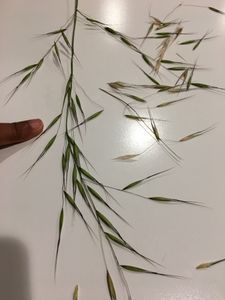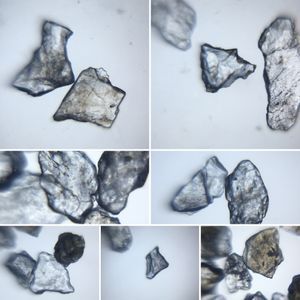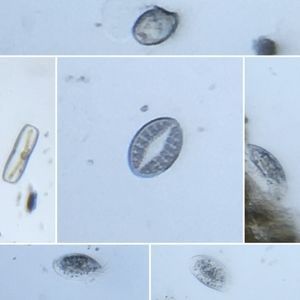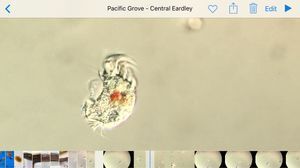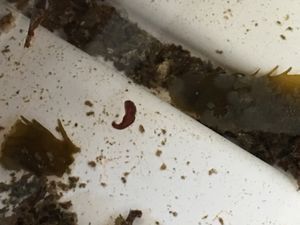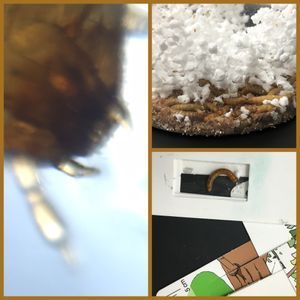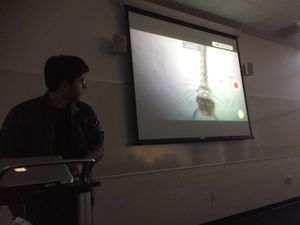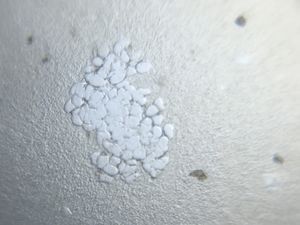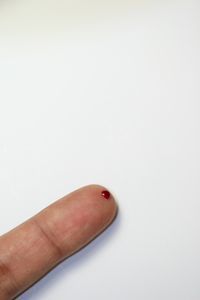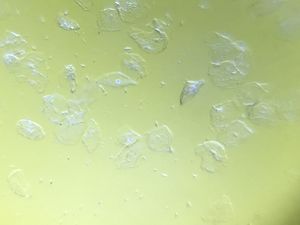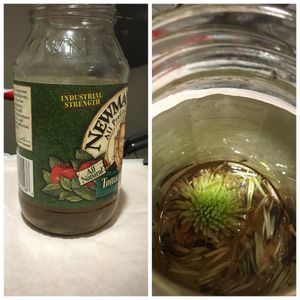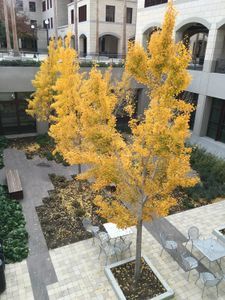Loch Ness micro-monsters. (Diatoms)
 May 07, 2017 • 12:12 PM UTC
May 07, 2017 • 12:12 PM UTC Unknown Location
Unknown Location 140x Magnification
140x Magnification Microorganisms
Microorganisms
Saad Bhamla
Learn about the author...
32posts
11comments
2locations
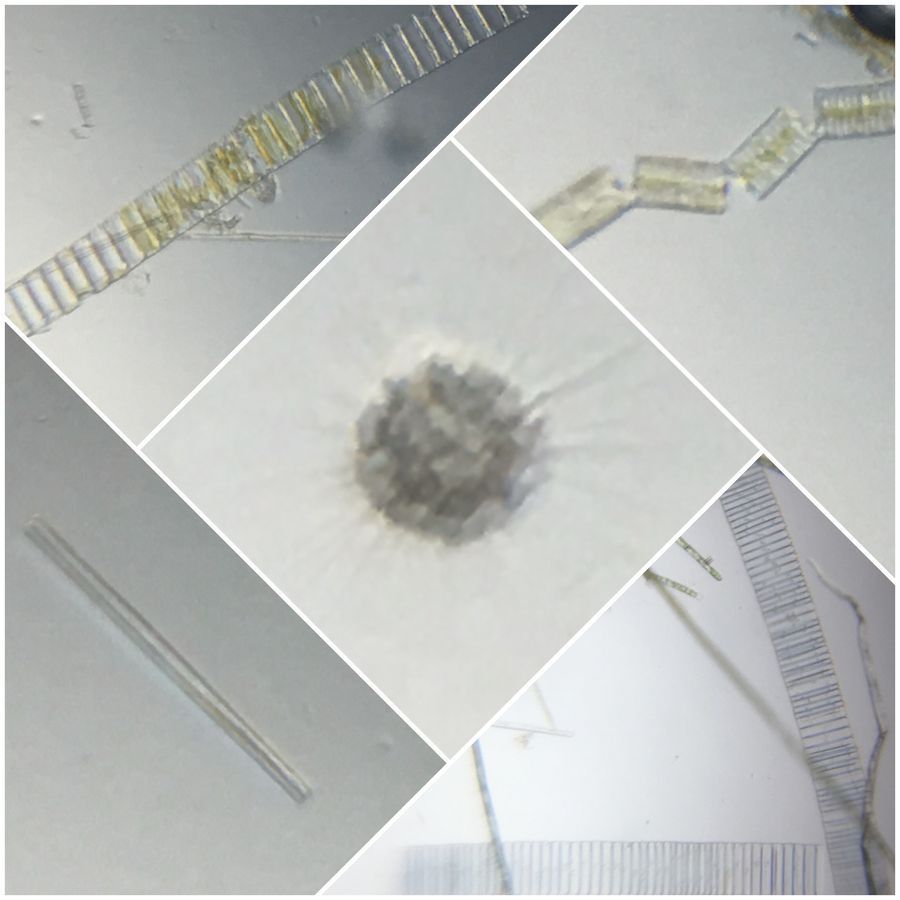
A few weeks ago, Julie F. shared with me another bottle of water sample that her generous friend Kathy had brought. This time the sample was from Loch Ness (Lake Ness) in Scotland. If you recall, this is the same duo who had previously shared samples from the Ganges River in India .
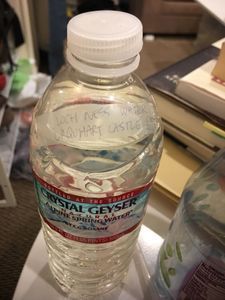
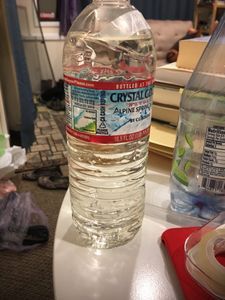
Kathy seems to have collected the water from near the Urquhart Castle on the banks of Loch Ness, and as I stated my foldscoping session, I was giddy with excitement. I find the whole concept quite unbelievable- I am sitting thousands of miles away, but am teleported as a naturalist exploring a completely different place, not knowing what I may discover! Crazy!
Ofcourse I did some Google mapping to get my mind into the zone of the place I was getting ready to explore. I virtually walked around and imagined where Kathy might have stepped at the edge of the banks to scoop up some water.
Ofcourse I did some Google mapping to get my mind into the zone of the place I was getting ready to explore. I virtually walked around and imagined where Kathy might have stepped at the edge of the banks to scoop up some water.
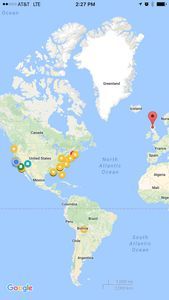
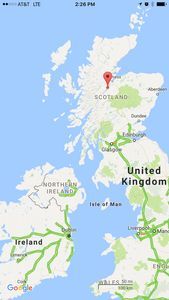
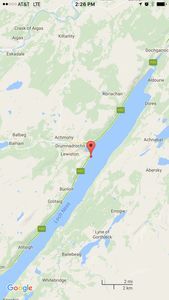
Now, if you look closely at the samples, you’ll notice they are remarkably clear, making me worried that I may not find anything in it. But I hoped for the best. In taking water samples, I used a long straw to pick up particulate that had settled on the base of the bottle. I had to do some tricks of putting drops on slides and subsampling to ensure I had sufficient concentration, and as you will see, after a few empty slides, I got lucky.
I found trapped in a tuft of algae (?), hundreds of diatoms. Of multiple shapes!!
I found trapped in a tuft of algae (?), hundreds of diatoms. Of multiple shapes!!
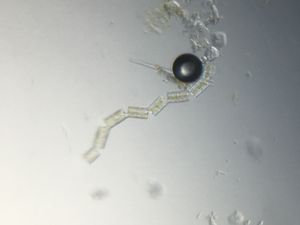
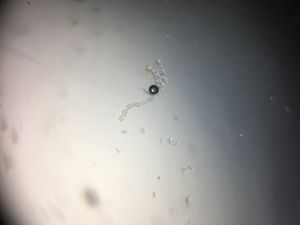

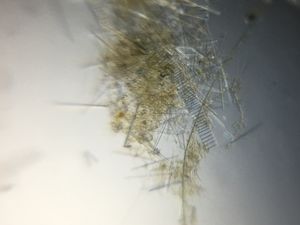
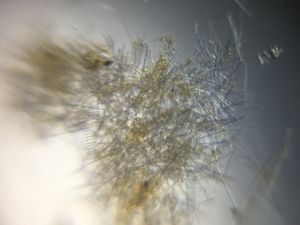

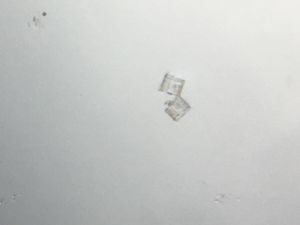

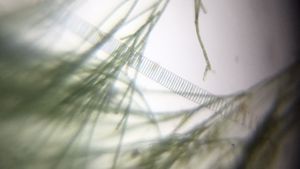
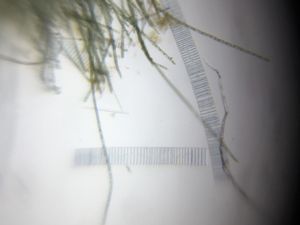
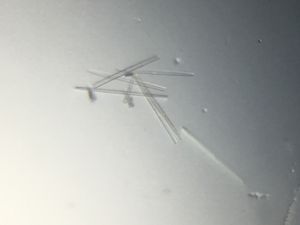
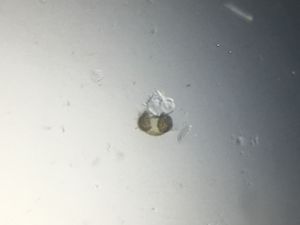
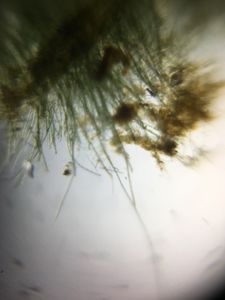
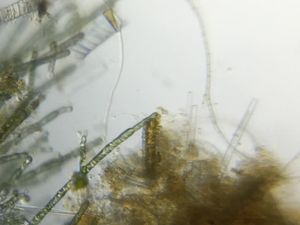
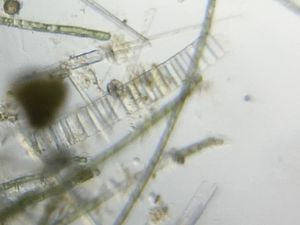
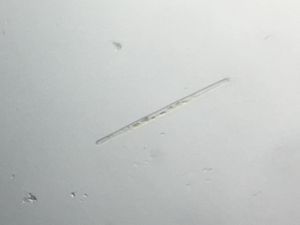
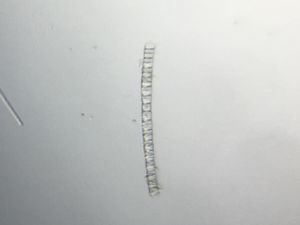
I will now tell you the 2 most crazy monsters I saw- that really surprised me- and were special.
The first is a radiolarian- a tiny sun surrounded by sharp silica spikes that it uses to ensnare unsuspecting ciliates and rotifers. I have always wanted to see one with my own eyes after seeing gorgeous pictures from Haeckel’s books, so this was a delight!
The first is a radiolarian- a tiny sun surrounded by sharp silica spikes that it uses to ensnare unsuspecting ciliates and rotifers. I have always wanted to see one with my own eyes after seeing gorgeous pictures from Haeckel’s books, so this was a delight!
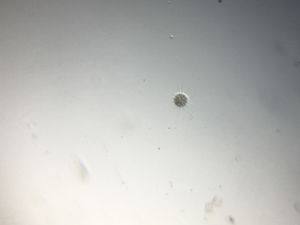
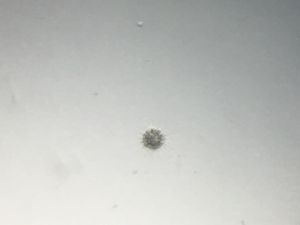
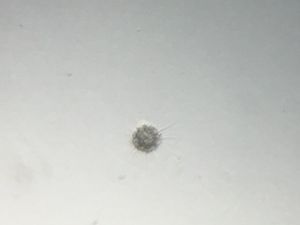
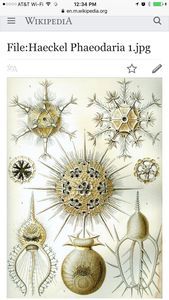
And the second was this monstrous, roller coaster of a diatom. Watch the video to appreciate how it curves and twists in a never-ending fashion. I’m imagining tiny baby ciliates and bacteria going up and down on it for amusement 🙂
Thanks again to Julie and Kathy for enabling this fun weekend exploration. Keep the samples coming 🙂
Sign in to commentNobody has commented yet... Share your thoughts with the author and start the discussion!

 0 Applause
0 Applause 0 Comments
0 Comments
